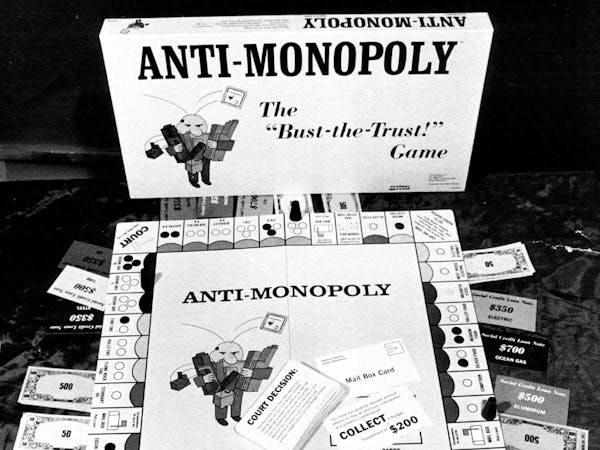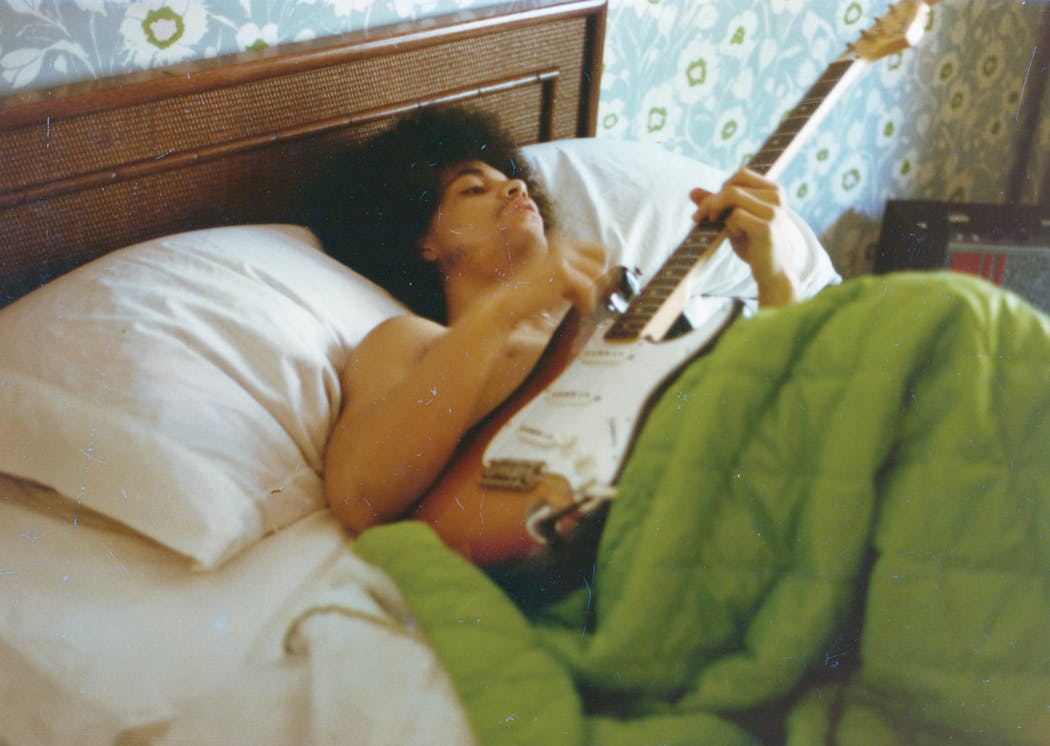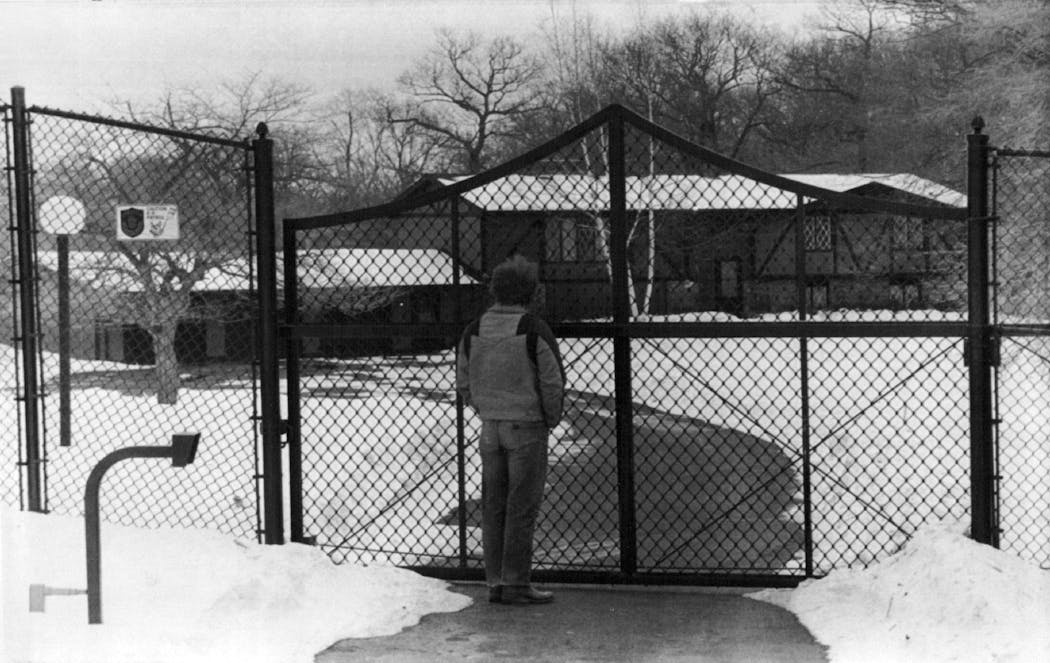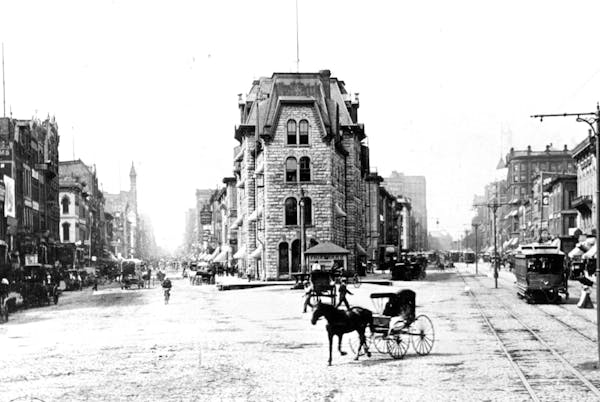Why did Prince decide to live in Chanhassen?
Listen and subscribe to our podcast: Via Apple Podcasts | Spotify | Stitcher
Prince is inextricably identified with Minneapolis. He was born there, spent his childhood shuttling between the north and south sides, and graduated from the old Central High School.
But his professional legacy lives in Chanhassen, a western Twin Cities suburb that's nearly a half-hour drive from downtown Minneapolis. It's where he built the $10 million Paisley Park, his huge creative complex that became a museum after his death in 2016.
How did Prince, who would have turned 65 on June 7, end up in a remote 'burb? That's what a reader asked Curious Minnesota, the Star Tribune's community-driven reporting project that addresses readers' inquiries.
This question is one of the many mysteries surrounding Prince, who disliked talking about mundane topics. Having covered the Purple One since 1977, I never heard him publicly discuss his move to Chanhassen.
But people who knew him back in the day can help shed light on the answer.
From Minneapolis to Lake Minnetonka
Let's start by tracing his living arrangements. After he signed with Warner Bros. Records in 1977, Prince shared an apartment with boyhood pal André Cymone at 2012 Aldrich Av. S. in Minneapolis.
But he became a little too locally famous and got "kind of hassled in the city," Cymone recalled.
So after Prince recorded his 1978 debut album in California, he rented a house at 5215 France Av. S. on the Minneapolis/Edina border, which his drummer Bobby Z found for him.
"I couldn't believe that he would like this little busy street row house," Z recalled in a recent interview. "But he loved being out of the city."
France Avenue didn't last, however. Loud band rehearsals in the basement resulted in too many visits from the police.
So Perry Jones, who worked for Prince's new L.A.-based managers, located a more obscure rental at 680 North Arm Drive in Orono in 1979. It was on Lake Minnetonka, the body of water that would play a vital role in the movie "Purple Rain."
Over the holidays in 1980-'81, as he was signing his second contract with Warner Bros., Prince purchased his first house — in Chanhassen. Did he pick it out? Or did one of his representatives? We do not know for sure.
We do know that it was at 9501 Kiowa Trail. A split-level ranch house on another of Minnesota's 10,000 lakes, namely Lake Riley. He painted the place a showy purple.
In his home studio on Kiowa Trail, Prince recorded many albums, including his own "Controversy" and "1999" and projects with the Time and Vanity 6. There, he also cut the solitary "Piano and a Microphone 1983," which became his first posthumous full-length release in 2018.
But why Chanhassen? One person who would have known is Prince's manager at the time, Steve Fargnoli, who died in 2001. But the Minneapolis icon's associates have some ideas why he chose to live there.
"He wanted to be as far away from people as he could be,'" said Morris Day, who was hanging with Prince plenty in the early '80s as the Time came together. "When he went to Chanhassen, it wasn't as populated as it is now. I think he just wanted to be isolated."
Putting down roots
After purchasing the first Chanhassen house, Prince began planting more roots in the western suburbs.
Prince's band began practicing in an Eden Prairie space on Flying Cloud Drive in 1983, not far from his home, after rehearsing in two Minneapolis locations and a vacant St. Louis Park auto parts store.
(Prince & the Revolution actually recorded "Around the World in a Day" in the Flying Cloud warehouse before departing for the Purple Rain Tour, though the album wasn't released until 1985.)
"He loves it out there. He loves the further out," drummer Z said. "He can turn these cement rooms with super-high ceilings [into his personalized music rooms] with immense theater curtains. He could magically transform spaces."
Then after the hugely successful Purple Rain Tour, Prince found a new rehearsal warehouse on Washington Avenue in Eden Prairie just off Hwy. 169.
"Chanhassen was just a location," Z summed up. "I don't think he picked the city. It made sense on Hwy. 5. He was driving 5 all the time and now he's driving further.
"He loved the isolation — 'keep the bad people out,' meaning bad people and [music business] executives."
Said Cymone: "A lot of times it's not as complicated as people might make it seem. Sometimes it's, 'Hey, find me a place that's near here. Period. And I need it like yesterday.' "
That was the impatient, impulsive Prince.
Building Paisley Park
In November 1985, Prince moved out of the purple house into a mansion at 7141 Galpin Blvd. on Chanhassen's Lake Ann, near the future site of Paisley Park.
Soon he was dreaming bigger.
Prince's quest to create a state-of-the-art playground in Minnesota was solidified after filming some interior scenes for "Purple Rain" in Earth, Wind & Fire's production facility known as the Complex in Los Angeles. His people found him a large tract of undeveloped land on familiar Hwy. 5, a five-minute drive from his old purple house.
Prince began building Paisley Park in 1986 at 7801 Audubon Rd. At the time, there wasn't much out there between the Chanhassen Dinner Theatres and the Minnesota Landscape Arboretum.
"The main street of Chanhassen was pretty much us on one side and on the other side was the Chanhassen Inn [open from 1982-2018] and anything west wasn't built yet," said Solveig Huseth, general manager of Chanhassen Dinner Theatres, which opened in 1968. "We didn't have a grocery store in town; we had a little Kenny's Market and Chalet Pizza."
Prince continued recording occasionally at his mansion — where he lived — even after Paisley opened in 1987. In his new home studio in this three-story yellow manse on Galpin Boulevard, Prince recorded parts of 1987's "Sign o' the Times," his ninth and arguably best studio album, as well as some of the notorious "Black Album."
Prince lived in this home with his first wife, Mayte Garcia (1996-2000) and his second wife, Manuela Testolini (2001-06). The rumor was when Manuela announced she was divorcing him, he had their Chanhassen mansion demolished in 2005 while she retreated to their abode in Toronto, her hometown.
Thereafter, Paisley Park, where Prince had maintained a second-floor bedroom, became his primary residence. He died there in 2016.
A famous neighbor
Since Paisley opened in 1987, Chanhassen, like many outer ring suburbs, eventually acquired the requisite trappings of suburbia, from Target to a Holiday Inn Express. The U.S. Weather Bureau moved its official Twin Cities office there in 1995, and Snap Fitness and Lifetime Fitness established their headquarters there.
Look at the numbers: The suburb's population was 11,747 in 1990, now, it's 26,000.
Over the years, Chanhassen's most famous resident was seen around town, picking up coffee at Caribou or watching private after-hours movies at the local cinema.
"It was nothing new to any of us who reside here to see Prince during a late-night run to Byerly's, or at a local gas station, or riding his bike along the paths of Lake Ann, or even in [later] years, driving that purple Viper," Kris Mattson, who lived a mile from Paisley Park, wrote in a letter in the Chanhassen Villager after Prince died.
"Sitting next to him at a stop light in that car was always a thrill. But not a thrill as paparazzi would see it. Rather, a proud sense of excitement that he would actually choose to live and work and blend into Chanhassen in a normal sort of way."
Now Chanhassen is showing him the love.
On Feb. 6, Sen. Julia Coleman, R-Waconia, introduced a bill to rename a stretch of Hwy. 5 in Chanhassen to "Prince Rogers Nelson Memorial Highway." It was signed into law on May 9 by Gov. Tim Walz. With a purple pen, of course.
"Prince was a proud Minnesotan through and through," Walz said at Paisley Park, "and it's only fitting that we honor this icon in the community he called home."
If you'd like to submit a Curious Minnesota question, fill out the form below:
Read more Curious Minnesota stories:
What was the first movie filmed in Minnesota?
Where did streetcars once travel in the Twin Cities suburbs?
How did Brooklyn Center and Brooklyn Park get their names?
What happened to Minneapolis' famous 'Mighty Kimball' organ?
Why do so many Twin Cities mall names end in "dale"?
Who decides when the I-35W bridge is lit in color, and how is it done?
Correction: Previous versions of this article misstated the location of Prince's France Avenue house.








